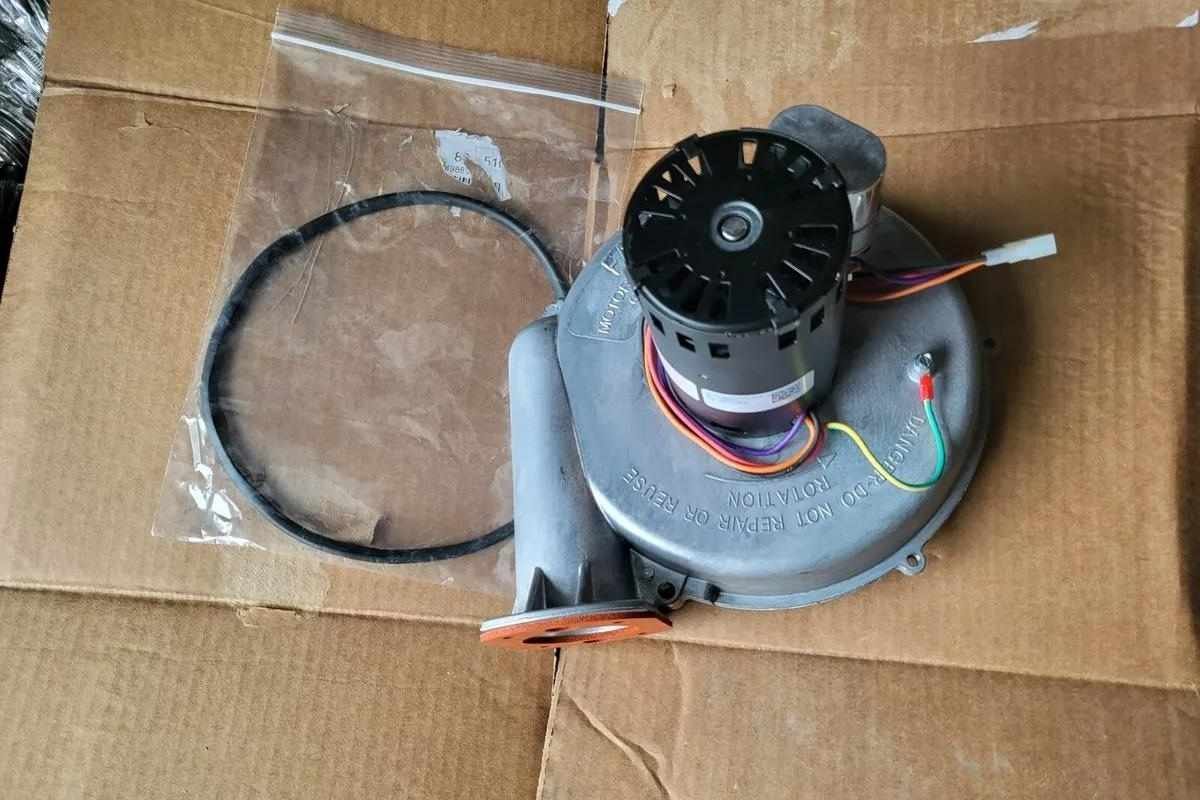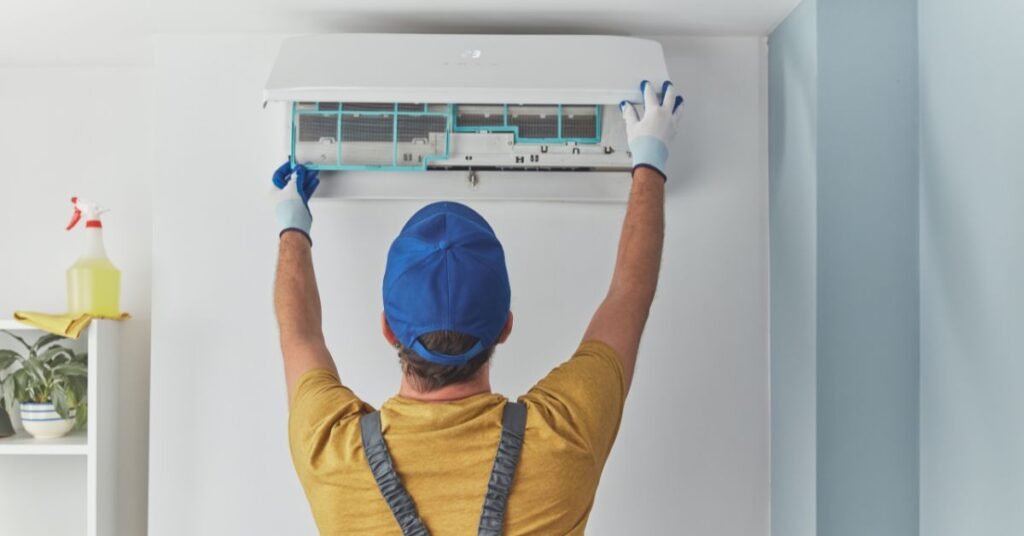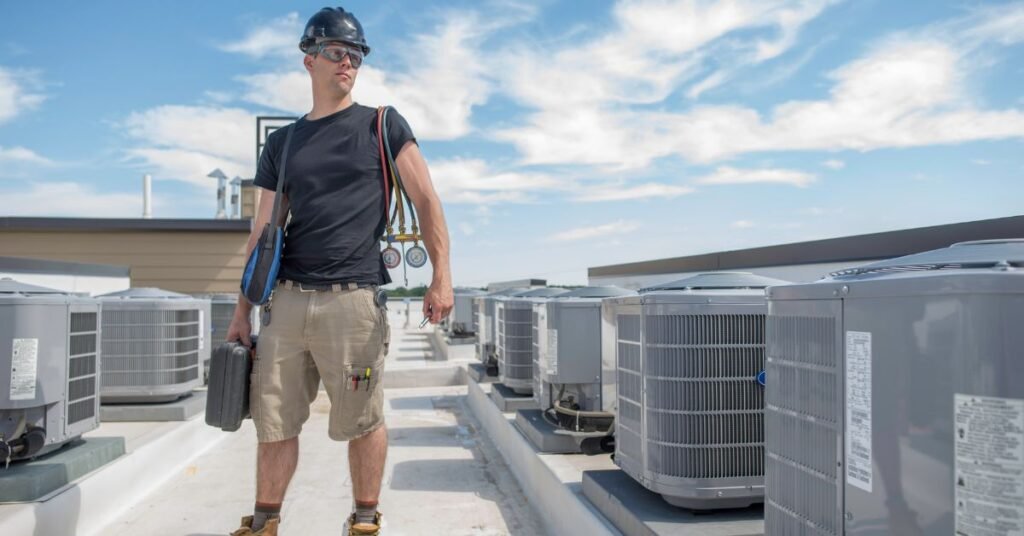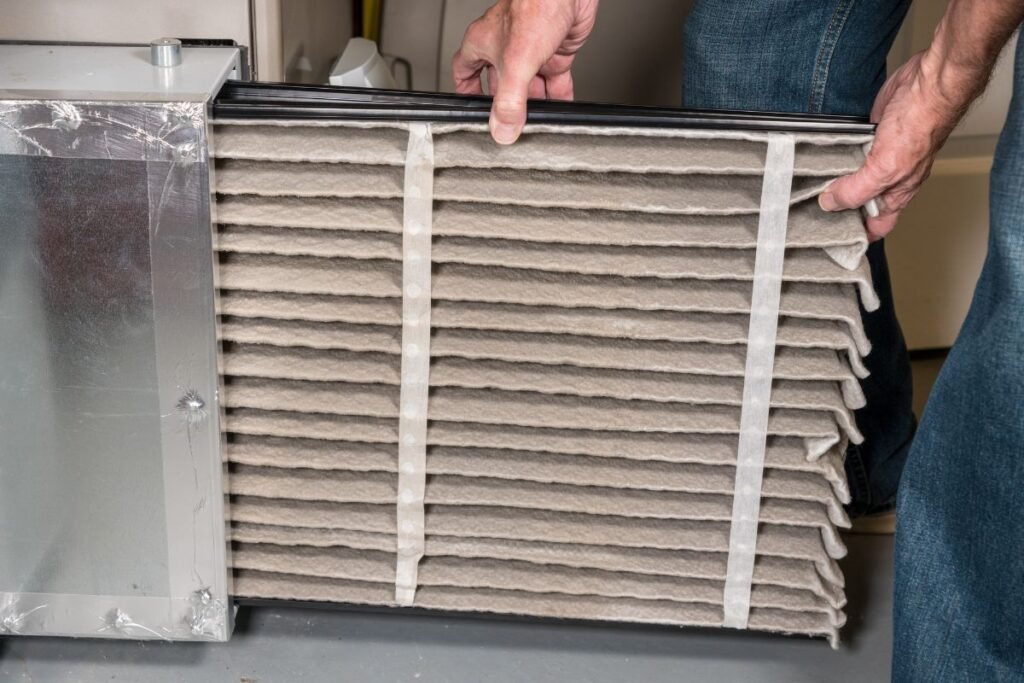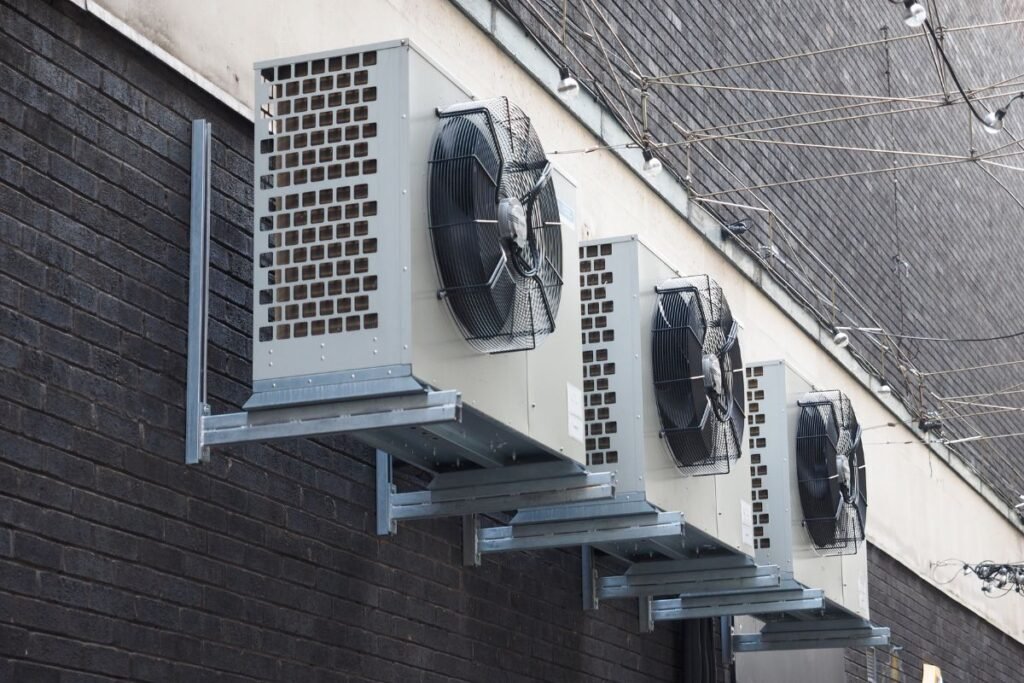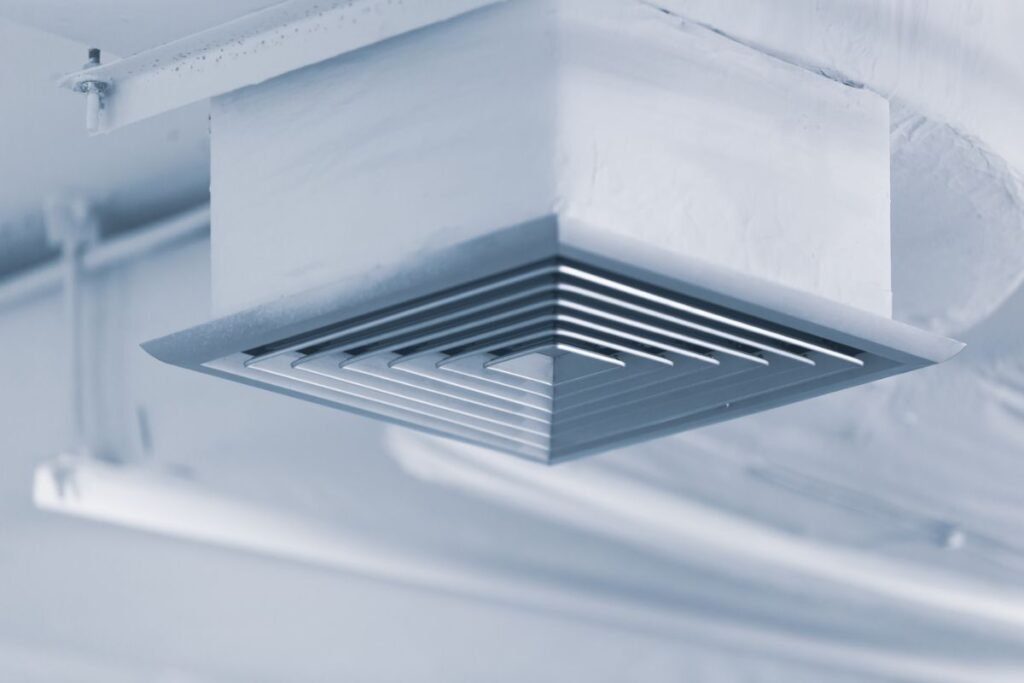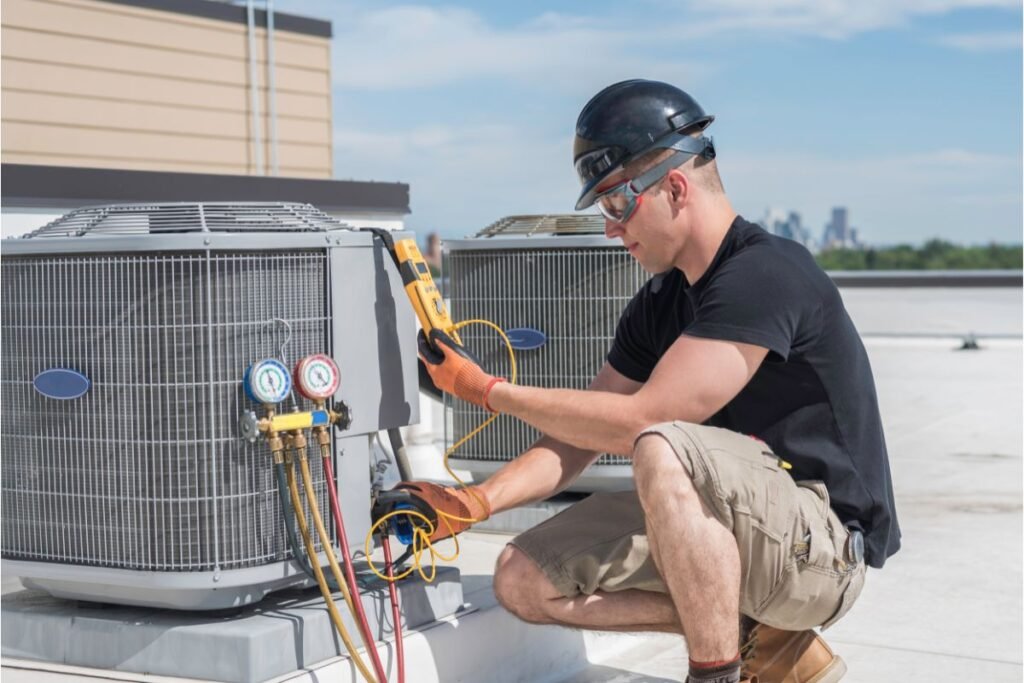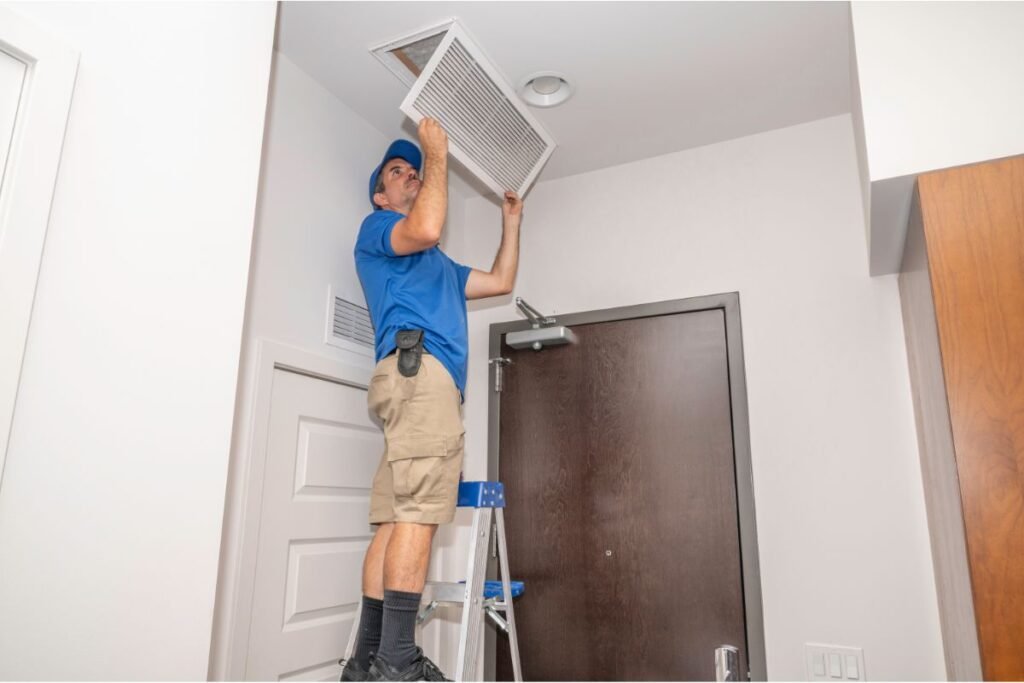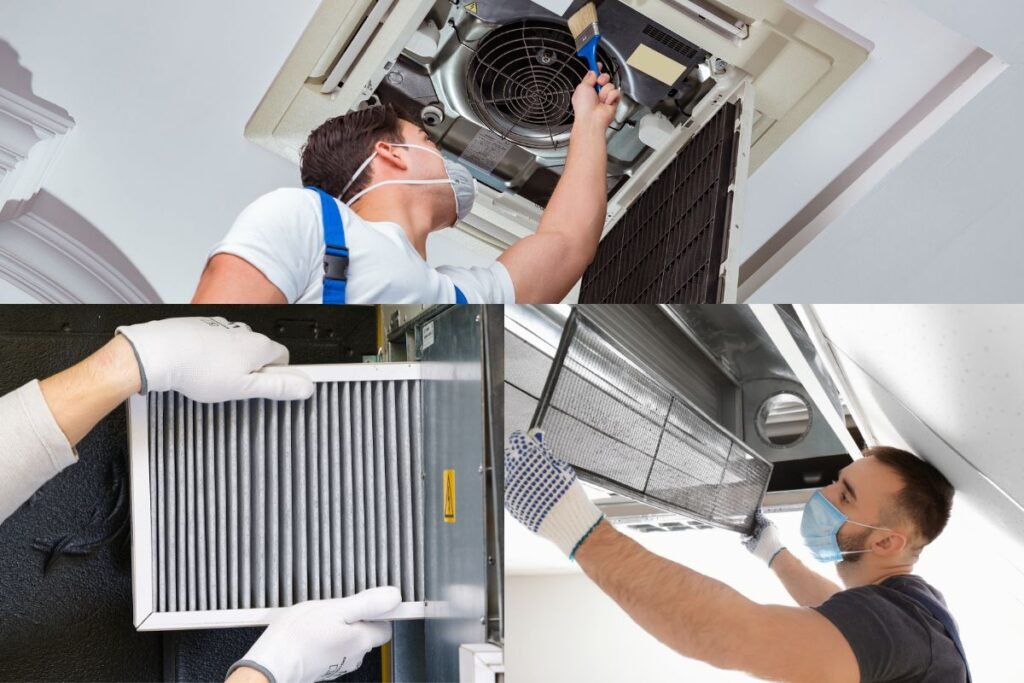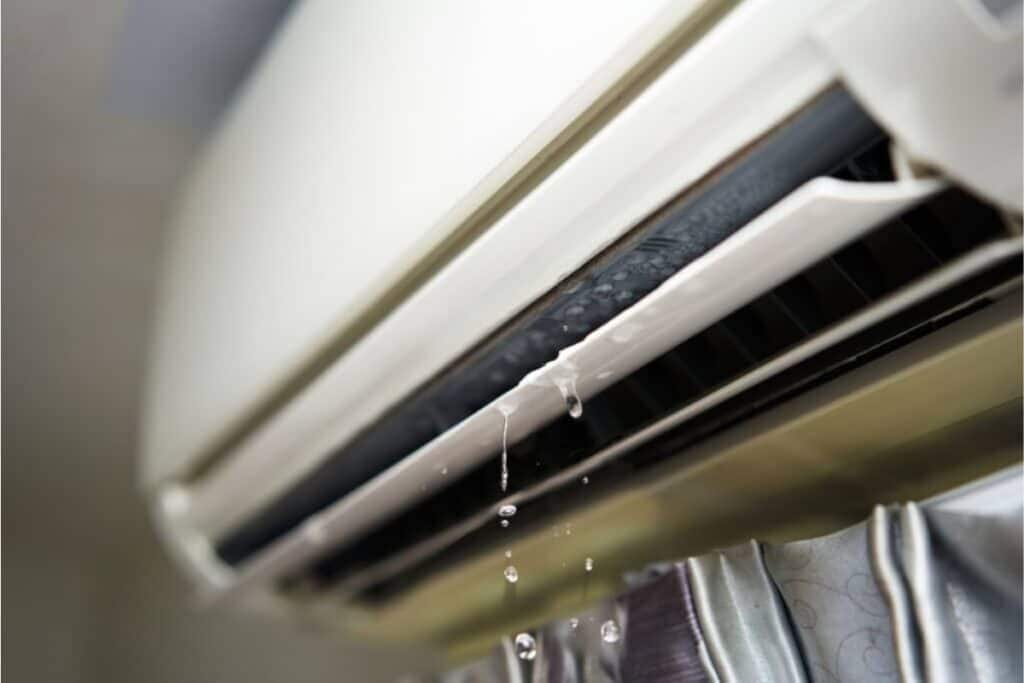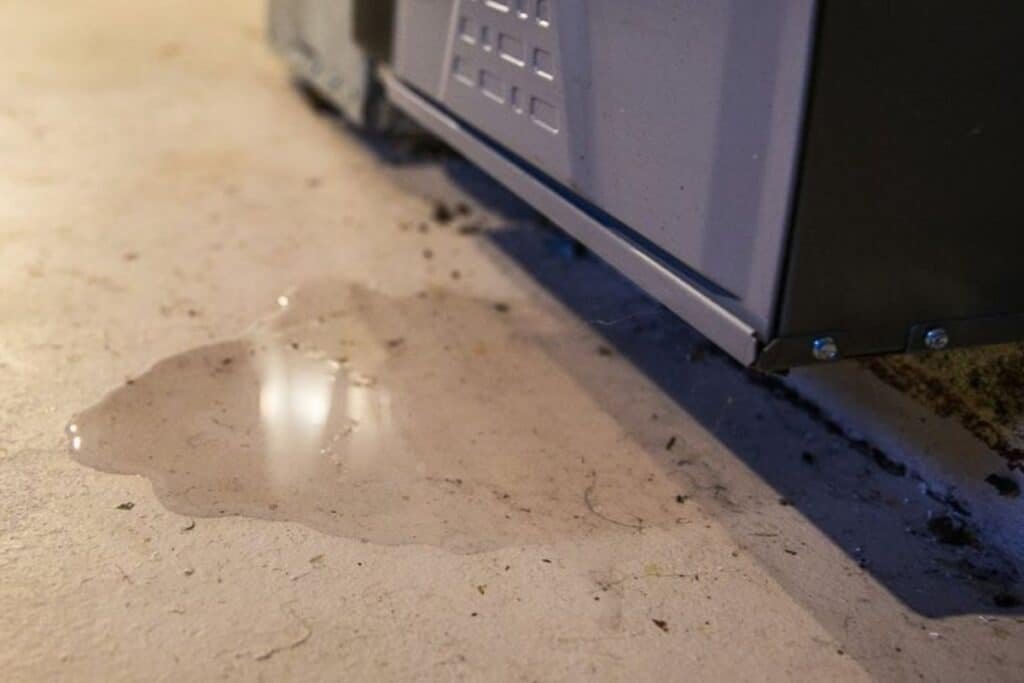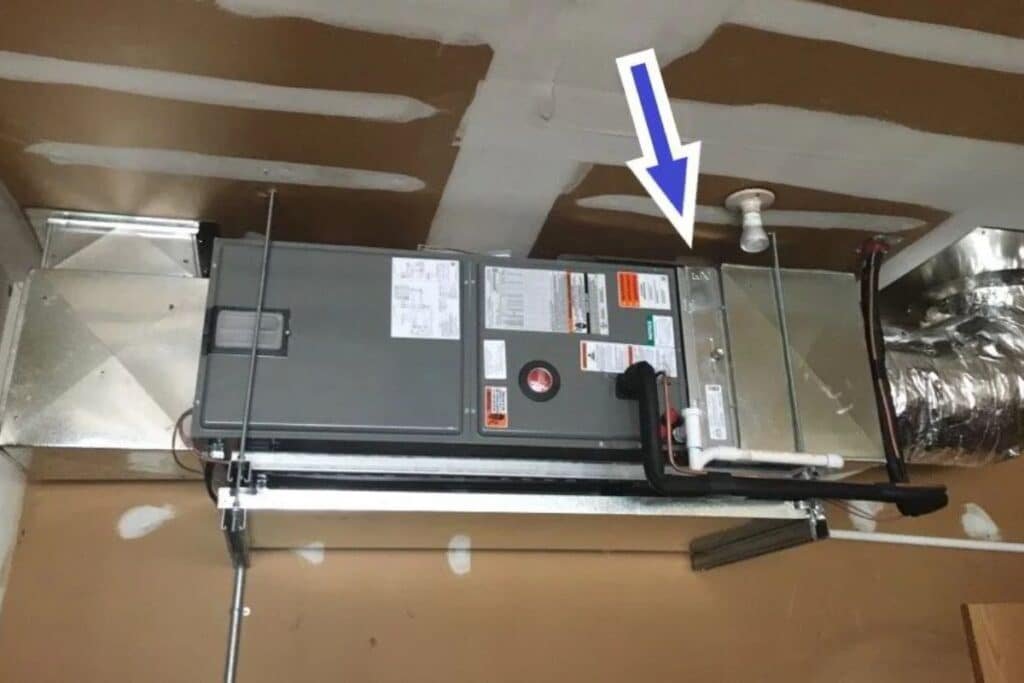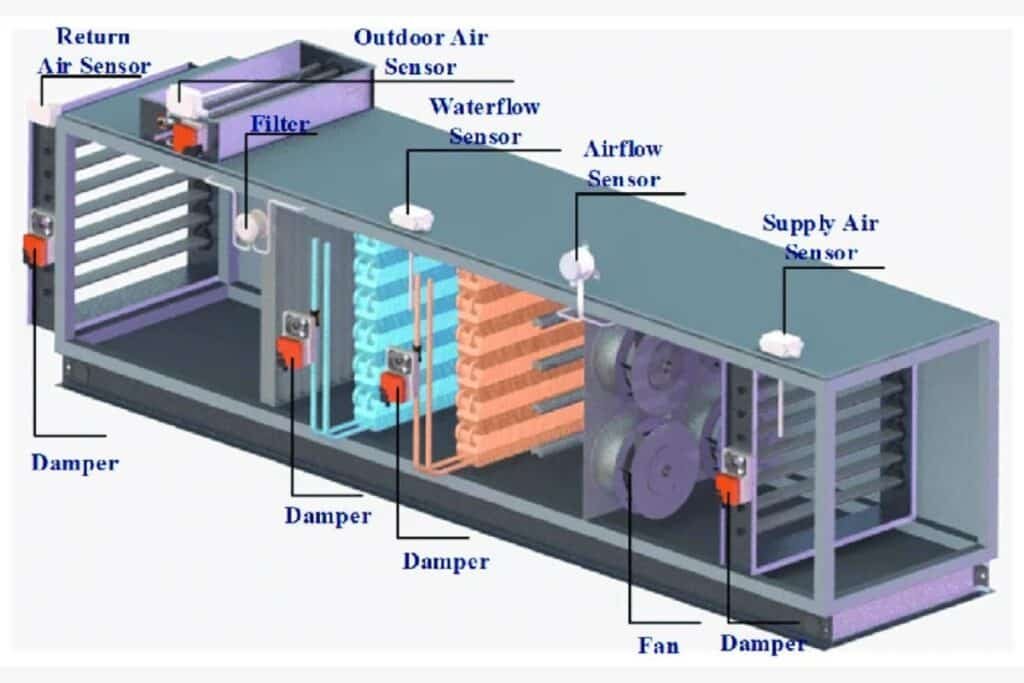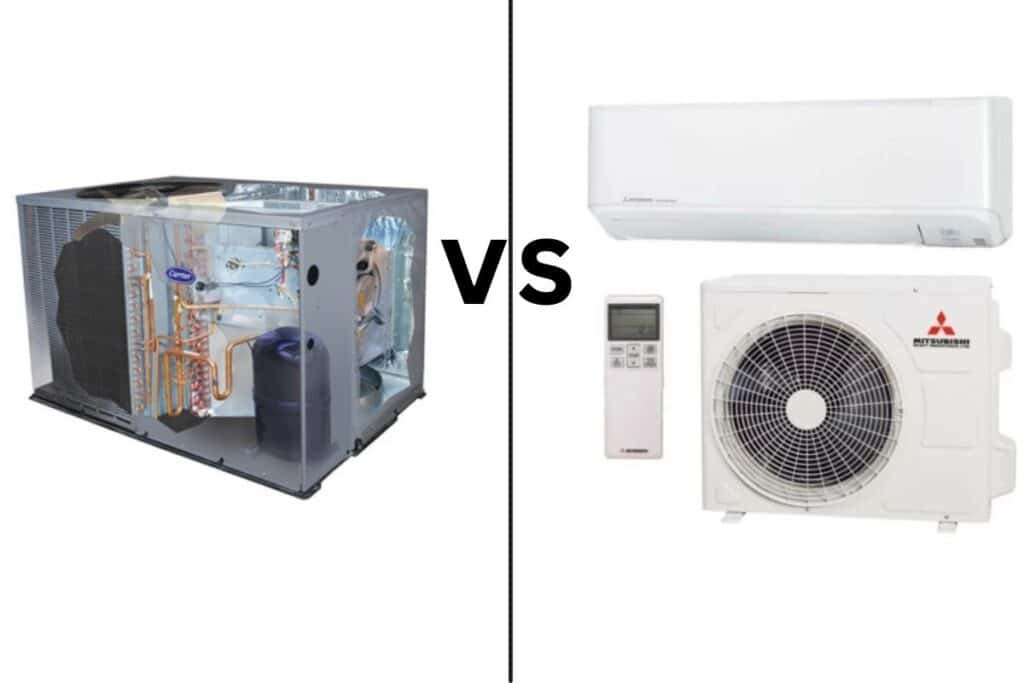A furnace induction motor is a key component of your heating system. It is responsible for powering the draft inducer fan. This fan vents dangerous gases like carbon monoxide from the furnace and ensures it runs safely and efficiently. In this blog post, we will explore how the motor works, its importance in maintaining safety and airflow, and the differences between single-speed and variable-speed motors. You will also learn about common issues, such as blockages or power problems, and how to troubleshoot them. Finally, we will cover when it might be time to replace the motor and the costs involved. Overall this information will help you to keep your furnace running smoothly.
What is a Furnace Induction Motor?
A furnace induction motor is an important part of your heating system solution. Its main job is to run the draft inducer fan. This fan helps push harmful gases, like carbon monoxide, out of your furnace. These gases are produced as the furnace burns fuel to generate heat during the combustion process. The motor keeps the air flowing so the furnace runs safely. If it stops working, the furnace might shut down or cause safety problems. The motor’s importance lies in both its role in safety and efficiency because it helps the furnace to run smoothly. Moreover, it also helps to reduce the risk of overheating or gas buildup.
How Does a Furnace Induction Motor Work?
Here’s a simplified, point-by-point breakdown of how a furnace induction motor works:
- When you turn on the furnace, the induction motor is one of the first parts to start.
- The motor powers the draft inducer fan, which creates a vacuum.
- This vacuum pulls air into the furnace’s combustion chamber, which will ensure enough air for efficient fuel burning.
- As the furnace burns fuel, the motor keeps running to maintain airflow and vent harmful gases.
- Without the motor, the furnace can’t start that’s why the safety systems will prevent it from running.
Why is it Important?
The furnace induction motor plays a critical role in your home’s safety. It helps to remove dangerous gases that are produced during combustion and keeps them from building up inside your house. A properly working motor also helps the furnace maintain efficient airflow. It ensures that your heating system runs smoothly and keeps your home warm without wasting energy. If the motor malfunctions then your furnace will likely shut down to prevent any safety risks which is important to ensure it’s always in good working condition.
Types of Furnace Induction Motors
There are two main types of furnace induction motors: single-speed motors and variable-speed motors. Each motor has its advantages, depending on your furnace’s setup and your energy-saving preferences.
Single-Speed Induction Motors
A single-speed induction motor operates at just one constant speed. hen the furnace is on, the motor runs at full speed, even if it’s not necessary. These motors are typically found in older furnaces. You need to know that they are not the most energy-efficient option. They always run at full speed, which causes them to use more electricity. This happens even when it’s not needed. However, they are less expensive upfront and are easier to maintain which makes them a popular choice for budget-conscious homeowners.
Variable-Speed Induction Motors
Variable-speed induction motors adjust their speed based on the heating demand. This means they can operate at lower speeds when the furnace doesn’t need to work as hard which makes them more energy-efficient. These motors are quieter and better at maintaining a consistent temperature in your home because they don’t turn on and off as frequently as single-speed motors. Though they cost more at first their energy savings and longer lifespan make them a good investment in the long run.
5 Common Problems and How to Troubleshoot
Even though furnace induction motors are built to last very often they can run into common problems over time. So if you know the most common issues and how to troubleshoot them can help you keep your furnace running efficiently.
1. Filter or Vent Blockage
Blockage in the air filter or vent is one of the most common issues with a furnace induction motor. If the airflow is restricted it makes the motor have to work harder, which can lead to overheating or even complete system failure.
To troubleshoot, regularly check your air filters and vents for any debris or buildup. Replacing a dirty filter or clearing a blocked vent can help the motor function properly. If your furnace isn’t warming your home properly or keeps shutting down unexpectedly, check these areas first.
2. No Power Coming from the Capacitor
If your furnace induction motor isn’t running at all that means the problem could be the capacitor. The capacitor provides the initial jolt of power that the motor needs to start. If the capacitor fails, the motor won’t start and your furnace will remain off.
To troubleshoot, you can use a multimeter to test the capacitor and see if it’s holding the correct charge. If it’s not, replacing the capacitor will usually solve the issue. It will be best if you call a professional HVAC service expert to handle this type of repair to avoid any electrical hazards.
3. Vibrating Sounds
If you hear strange vibrating or rattling sounds from your furnace, it means the motor’s bearings or alignment might be off. Over time, the motor’s internal components can wear out, which affects how smoothly it runs.
To troubleshoot, turn off the furnace and inspect the motor for any signs of wear or loose parts. You can tighten screws or replace the motor’s bearings to help reduce the noise and further damage. If the noise keeps happening that means you need to call a professional.
4. Poor Heating Performance
If your furnace is on but not heating well, the motor might not be creating enough airflow for proper combustion. This could be caused by a worn-out motor or blockages in the vent system.
To troubleshoot, Start by checking your air filters and vents for any obstructions. If everything looks clear, the motor itself might be underperforming and could need professional inspection or replacement.
5. Overheating Motor
Over time, your furnace induction motor may begin to overheat due to dust buildup, lack of lubrication, or other mechanical failures. Overheating can cause the motor to run inefficiently and eventually lead to a system shutdown.
To troubleshoot, firstly you need to check for any dirt or dust around the motor. If you find any dust or debris, clean it thoroughly to prevent it from causing the motor to overheat. Next, make sure the motor’s bearings are oiled, as dry bearings can cause friction and overheating. If the motor continues to overheat despite these fixes, it may be a sign of internal damage or electrical issues, which will require professional inspection and repair.
When to Replace a Furnace Induction Motor
Like any mechanical component, furnace induction motors will wear out over time. “Some signs that you might need to replace the motor are strange noises, trouble starting, or weaker heating performance. If your furnace motor is older and requires frequent repairs, it might be more cost-effective to replace it rather than continuing with temporary fixes. Additionally, if you want to upgrade to a newer motor, a more energy-efficient motor, such as a variable-speed motor, can save you money on energy bills in the long run.
How Much Does It Cost to Replace a Furnace Induction Motor?
The cost of replacing a furnace induction motor depends on the type of motor and the labor involved. Generally. replacing a furnace induction motor can cost anywhere between $300 and $600. Single-speed motors are generally less expensive than variable-speed ones. Though replacing the motor might seem expensive at first, investing in an energy-efficient model can significantly lower your energy bills and save you money over time. You should discuss with multiple professionals to ensure you are getting the best price for the motor and installation.
What Happens if the Furnace Inducer Motor Stops Working?
If the furnace inducer motor stops working then the furnace will not complete its heating cycle. Because the motor is responsible for venting harmful gases, a failed motor can cause the furnace to shut down as a safety precaution. Without proper venting, dangerous gases like carbon monoxide could build up in your home, so it’s essential to fix or replace the motor as soon as possible. If you notice that your furnace isn’t working and suspect the inducer motor is the issue, it’s best to call a professional to diagnose and repair the problem before it affects other components in your heating system.
Conclusion
In summary, the furnace induction motor plays an important role in keeping your heating system safe and efficient. It powers the fan removes harmful gases and ensures proper airflow during combustion. If you have a single-speed or variable-speed motor, understanding how it works helps with maintenance is essential. Some common issues like blockages or power failures can often be fixed with simple troubleshooting. If the motor starts to show signs of wear then you should go for replacing it because it can save you from further problems and keep your home warm and safe.

